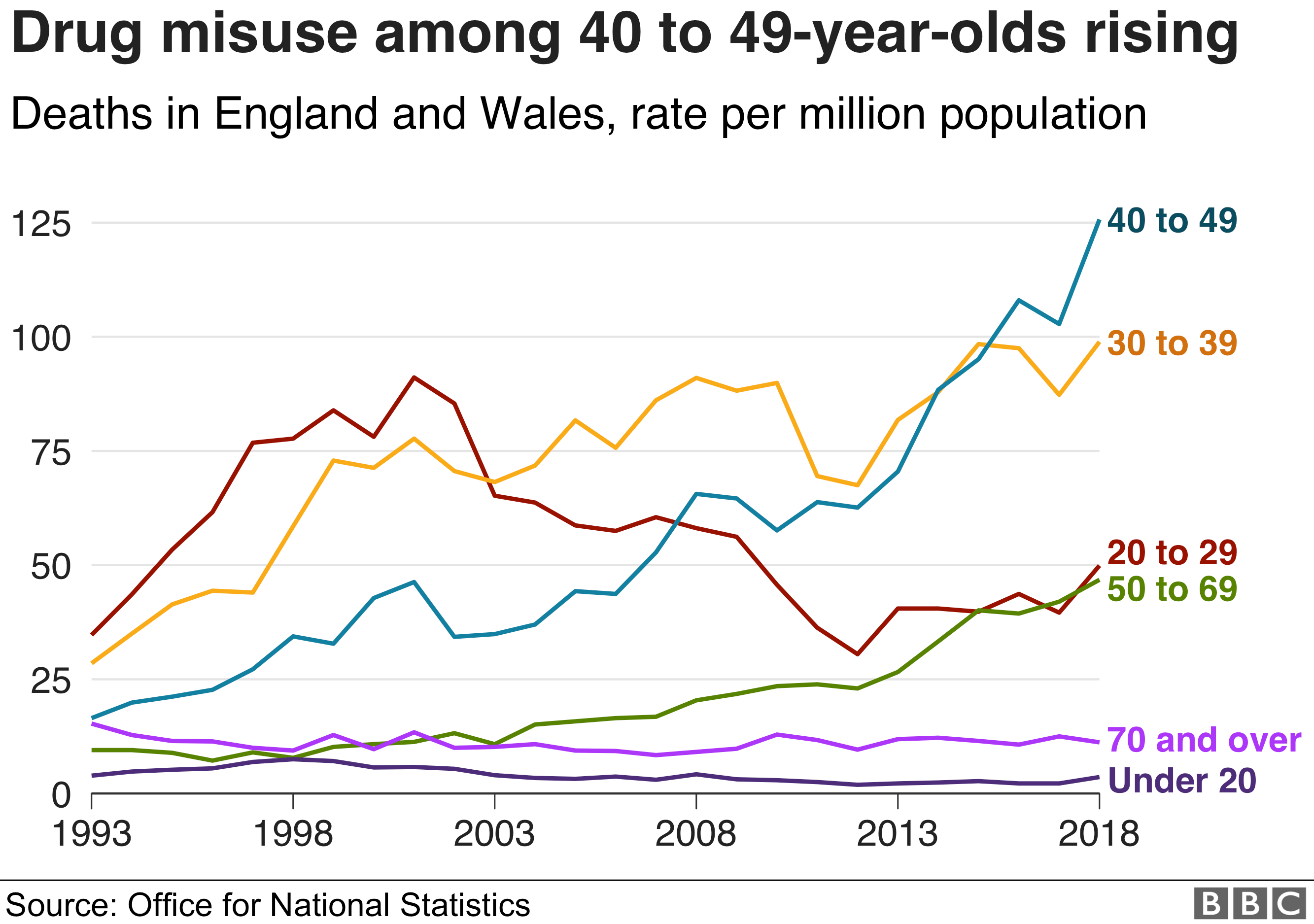Prior to you read on, we believed you may like to download our 3 Positive CBT Exercises for totally free. These science-based exercises will supply you with a read review detailed insight into Favorable CBT and will provide you the tools to use it in your treatment or coaching. You can download the complimentary PDF.

A treatment plan will consist of the patient or client's individual information, the diagnosis (or medical diagnoses, as is often the case with psychological health problem), a basic summary of the treatment recommended, and space to determine results as the customer advances through treatment. A treatment plan does numerous things, the most essential of that include: Defining the issue or condition Describing the treatment prescribed by the health/mental health professional Setting a timeline for treatment progress( https://zenwriting.net/tiniano942/miller-2006-points-out-the-continuum-of-dedication-strength-shown-in-a whether it's an unclear timeline or consists of particular milestones) Identifying the major treatment objectives Noting important turning points and objectives This documents of the most crucial elements of treatment assists the therapist and client remain on the very same page, supplies a chance for discussion of the treatment as prepared, and can act as a pointer and inspirational tool. While people in similar circumstances with similar concerns might have similar treatment plans, it is very important to comprehend that each treatment plan is special. There are often several ways to deal with the very same issue sometimes there are lots of various courses that treatment could take! No two treatment strategies will be precisely the exact same, because no 2 people's experiences are exactly the same. As noted previously, all treatment plans are different they are distinct products of the discussions between a therapist and customer, the therapist's medical understanding, and the customer's shared experience. Even in identical medical diagnoses in similar people, differences are bound to manifest in any or all of the following components: History and Demographics customer's psychosocial history, history of the symptoms, any past treatment details Assessment/Diagnosis the therapist or clinician's diagnosis of the customer's mental health problems, and any previous medical diagnoses will likewise be noted Providing Concerns the issues or symptoms that at first brought the customer in Treatment Agreement the contract between the therapist and client that summarizes the objectives of treatment Obligation a section on who is accountable for which parts of treatment (customer will be responsible for many, the therapist for others )Strengths the strengths and resources the customer brings to treatment( can consist of household support, character strengths, material support, etc.) Treatment Goals the" structure blocks" of the strategy, which need to specify, reasonable, tailored for the customer, and measurable Goals goals are the bigger, more broad outcomes the therapist and customer are working for, while several objectives make up each goal; they are small, possible actions that make up an objective Modality, Frequency, and Targets various techniques are typically used to different goals, requiring a plan that pairs techniques, a frequency of sessions, anticipated completion date, etc., with the particular goal Interventions the strategies, exercises, interventions, and so on, that will be used in order to work toward each goal Progress/Outcomes a good treatment plan must consist of area for tracking progress towards objectives and objectives( Excellent Treatment, 2016) The therapist and client will collaborate to get this info down on paper, with the therapist contributing his or her knowledge in treatments and treatment outcomes, and the customer contributing expertise in his or her own life and experiences. These advantages consist of: Treatment strategies offer a guide to treatment for both the therapist and customer. Treatment strategies can minimize the risk of fraud, waste, abuse, and the prospective to cause unintended harm to clients. Treatment strategies help with simple and efficient billing considering that all services rendered are documented. Treatment plans can help smooth any prospective bumps in treatment, particularly if a customer requires a sort of treatment the primary therapist can not supply( e.g., a specific type of intervention or a prescription for medication) or need to see a new therapist for some other factor (e.g., if the client or therapist has moved, or the therapist is on extended leave, Great Treatment, 2016). Treatment plans are not always required to give or receive successful treatment, however they can be exceptionally practical in helping with a smooth and problem-free treatment experience. Objectives and goals will differ tremendously from one individual to the next, specifically those facing really various issues. If you or your customer is dedicated to change however isn't quite sure where to begin, this link of prospective objectives can trigger an useful conversation about where to go from here. For instance, a typical goal for those having a hard time with drug abuse might be to stop using their drug of choice or alcohol, while a patient fighting with anxiety might set an objective to minimize their suicidal ideas. In basic, these goals need to be.

sensible they should be reasonable, offered the customer's general experience and hopes for the future (what form is he said needed to receive shipments of narcotics for treatment of addiction). For instance, a goal for a private with extreme anxiety may be to take 10 steps outside their front door. The next goal may be to make it to the neighborhood market, or up to 30 steps outside their front door. Satisfying each objective will ultimately lead you to meet the objective.